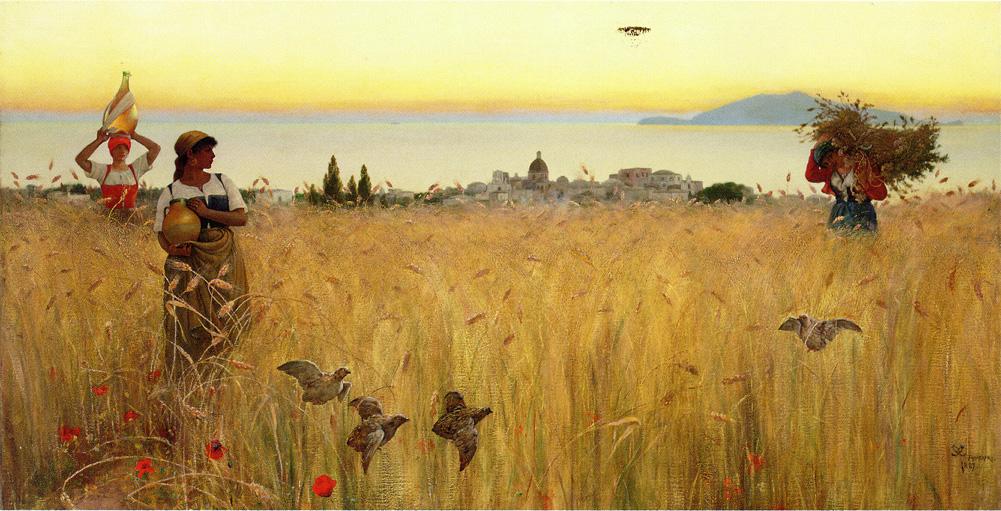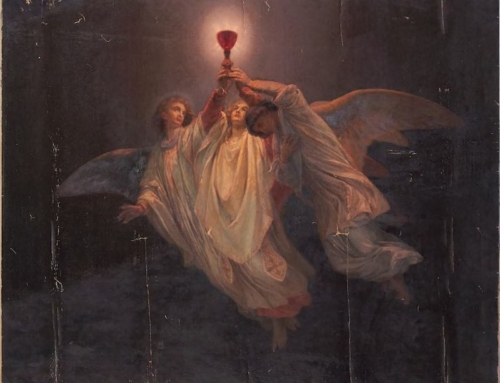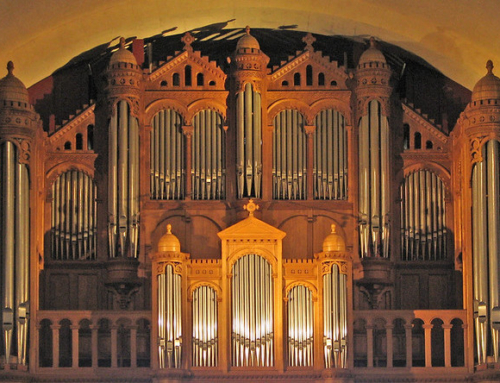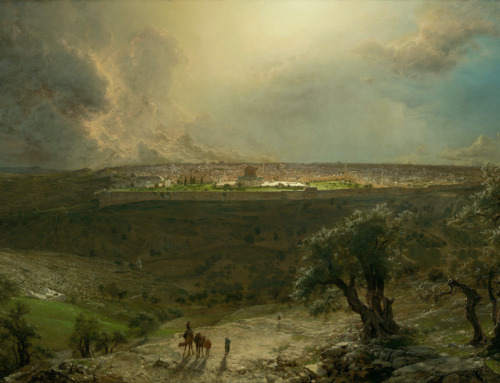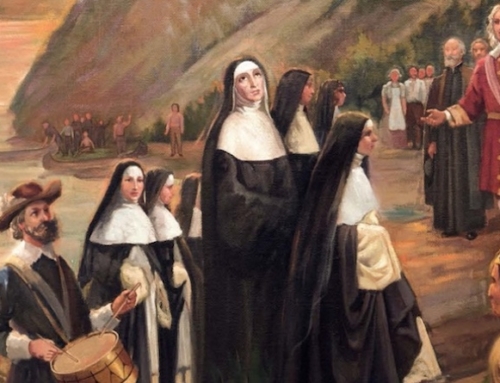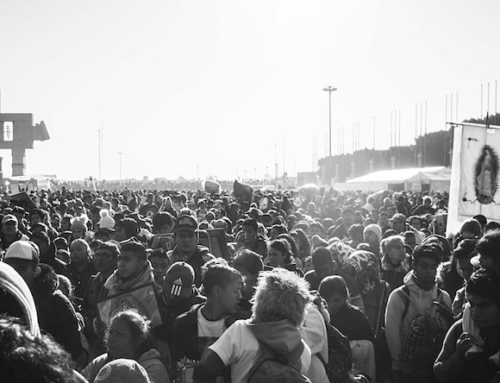Why does the Eucharist look like bread and wine? The Eucharist, of course, is not bread and wine. It is the body and blood of Jesus. Nevertheless, Jesus wants his body and blood to look like bread and wine, not just for the benefit of the squeamish, but to teach us what this sacrament does. Bread and wine are symbols of unity that teach us how, in receiving the body of Christ, we become the body of Christ.
Talking about “the body of Christ” is a little confusing, because the phrase means a few different things. The body of Christ is, first of all, the flesh and blood that Jesus received in the womb of Mary, the body that hung on the cross and the blood that flowed from his pierced side. This same body and blood becomes present on the altar when the priest says the words of Jesus, “This is my body…. This is the chalice of my blood.” So the phrase “the body of Christ” applies no less to the Eucharist.
Yet a third way that we talk about the body of Christ is when we refer to the Church as the body of Christ, as Saint Paul says, “As a body is one though it has many parts…so also Christ. For in one Spirit we were all baptized into one body” (1 Cor 12:12). Baptism, first of all, makes us the body of Christ, but St. Paul calls attention to another way we become the body of Christ: “Because there is one bread, we who are many are one body, for we all partake of the one bread” (1 Cor 10:17). By receiving the Eucharist, by receiving the body of Christ, we also become the body of Christ (cf. Sermon 272, Saint Augustine).
The symbolism here is very important. The Eucharist is not bread and wine, but Jesus wants it to look like bread and wine to teach us what this sacrament does. Think of where bread and wine come from. One loaf of bread starts out as thousands of grains of wheat. Wine is the same way. A bottle of wine starts out as hundreds of grapes. Bread and wine are therefore symbols of unity. Both entail gathering together many individuals and making of them a harmonious unity.
As such, the Eucharist is a symbol of unity, but it’s more than just a symbol. The Eucharist brings about the very unity it symbolizes (cf. CCC §1127). When we, who are many, receive the one body of Christ, truly present on the altar, and when we drink his Precious Blood, we are made one people, like so many grains becoming one loaf of bread, like so many grapes becoming one bottle of wine. The source of this unity is Jesus himself, just as he says, “Whoever eats my flesh and drinks my blood remains in me and I in him” (Jn 6:56). If each of us abides in Jesus, then we are one with one another in Jesus.
At Mass, when the priest speaks the words of Jesus, “This is my body…. This is the chalice of my blood,” there is no longer bread and wine on the altar. There is only the body and blood of Christ. Nevertheless, the Eucharist still looks like bread and wine, and that is important. Bread and wine are symbols of unity that teach us how, in receiving the body of Christ, we become the body of Christ. “Because there is one bread, we who are many are one body, for we all partake of the one bread,” Jesus Christ.
✠
Image: Charles Caryl Coleman, Women in the Wheat Fields, Anacapri

